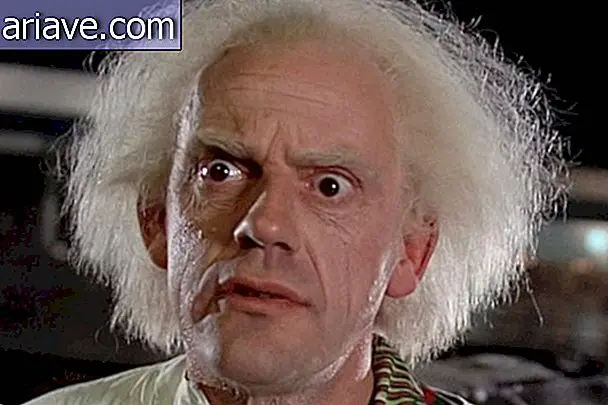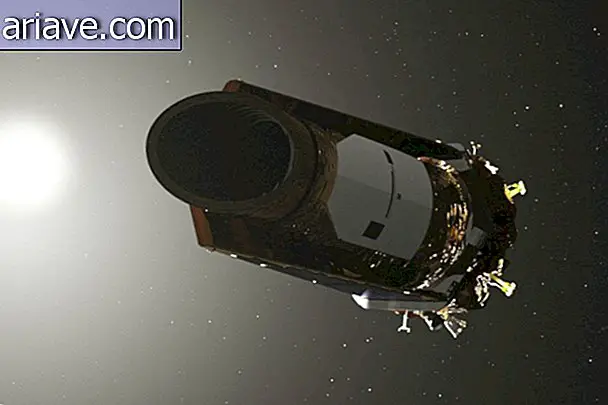How about understanding the mechanics of the respiratory system with these facts?
The respiratory system is essential for life - no doubt about it. But do you know what are all the structures and processes involved in its operation? Don't think you are just your nose, mouth and lungs!

In fact, the system consists of the airways, which include the nose, mouth, larynx, trachea, bronchi, lungs and their blood vessels, and various muscles that aid our breathing, including the diaphragm, intercostal, abdominal, and abdominal muscles. neck. A lot, right? And the way all these structures and organs work together is fascinating.

The oxygen-containing air we breathe is carried through the airways into the lungs - and they are also responsible for directing the carbon dioxide-containing air out of our bodies.

But an interesting aspect is that our nose and mouth heat the air we breathe so that the temperature does not irritate the lungs. In addition, the airways have hair cells that help capture germs and particles that we can inhale - and these external elements are expelled through coughs and sneezes.

There is also the epiglottis, a kind of blade that lies at the very beginning of the larynx and opens when we breathe. However, it also covers the opening of the larynx to prevent food and fluid that we swallow from passing through the airways and reaching the lungs.

By the way, speaking of lungs, did you know that the left is slightly smaller than the right to accommodate the heart? And even about these organs, they are divided into five segments - two on the left and three on the right - so if for some reason a part of the lung needs to be removed, the other divisions allow us to continue breathing. See below!

The bronchi, on the other hand, are the tubes that carry air into the lungs, and they branch off inside the organs in structures called bronchioles - and these, in turn, branch into alveoli, which are like little air pockets by capillaries.

Capillaries are a network of small blood vessels that connect with the veins and arteries that carry blood through the body to feed organs and tissues.

We also have the muscles around our lungs that help these organs expand and contract as we breathe in and out. In addition, we also have neck and collarbone muscles that can help with breathing when the other muscles involved in the process are unable to work for some reason.











